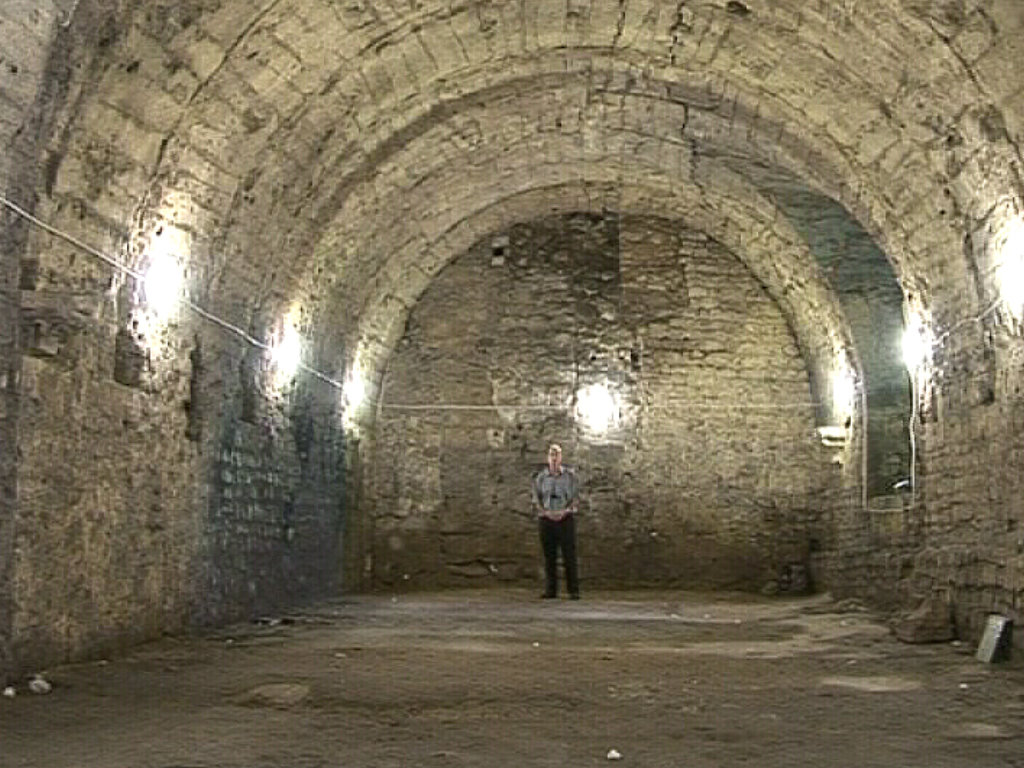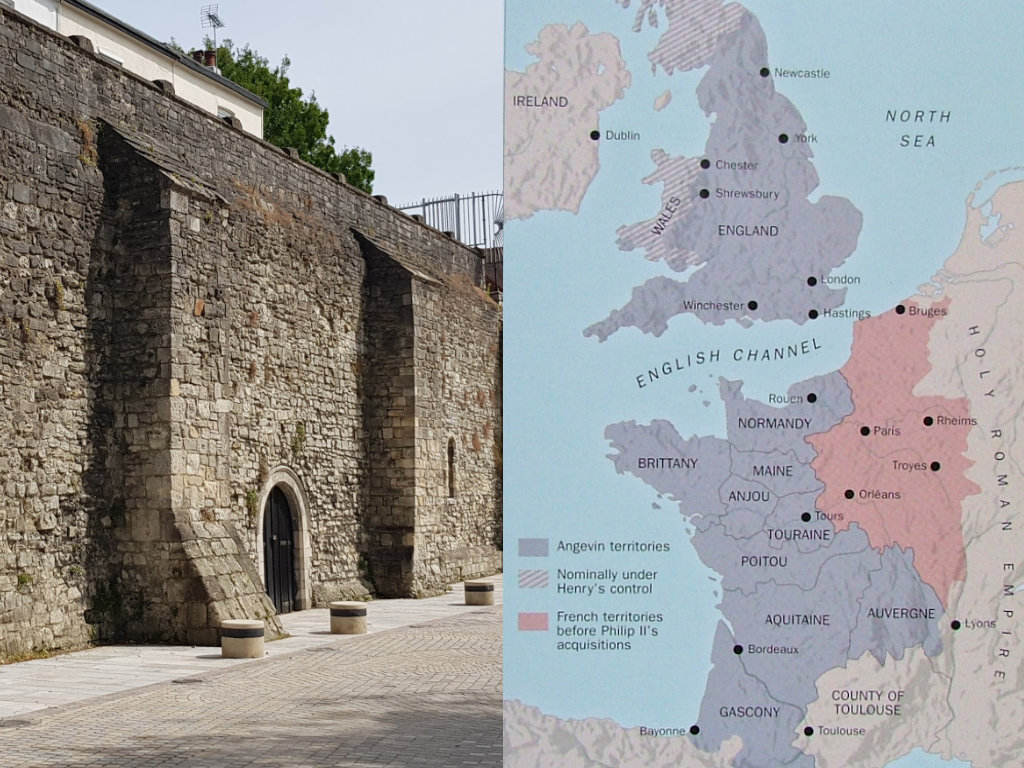Castle Vault and the King's Wine
Some readers may remember the first million-dollar question on the TV programme, Who Wants to be a Millionaire, “Who was the Queen of King Henry II?” I immediately shouted back at the telly, “Eleanor of Aquitaine”. The reason I knew this was because their marriage, in 1154, was to have such a major impact on the development of medieval Southampton as a royal wine depot.
King Henry II, through his to marriage Eleanor, became the first ruler of the vast Angevin empire encompassing not just England, but two thirds of France as well, including the abundant wine growing region of Gascony. Henry now controlled the wine trade. Wine was a high-status commodity, and in an age of patronage, local magnates entertained lavishly, and needed wine at their tables to demonstrate their importance and status.
The King chose Southampton to store his wine. It was ideally situated in the middle of the South coast, with a safe sheltered anchorage with plenty of high water. Radiating out north from the town were dry tracks, along chalk ridge country, to link it with the important cities of Winchester, London, and the rest of the country.

The vaulted roof was supported by 8 ribs resting on 16 carved corbels, only 4 now remaining

Entrance to Castle Vault Map showing the Angevin territories
Throughout Christendom there was an insatiable demand for English wool, and most opportunely, flocks of sheep grazing on the surrounding downs provided the fleeces, which could be exported though the port in return.
Another advantage was the existence in the town of a loyal community of Norman- French merchants, who could not only do the King’s bidding, but also be important sources of revenues themselves, as the king could levy their cargoes.
Upon the King’s orders work began on a quay, and two strong warehouses, Castle Hall and Castle Vault. These were constructed against the gravel cliff on the shoreline, now Western Esplanade.

‘The King’s prize’ of one barrel in ten being unloaded at Castle vault

The Castle Vault, Watergate and Castle Hall were constructed on the shoreline against the gravel cliff
Henry II became a regular visitor to the port, and much of the surviving castle remains date from his time. Records show that in 1162 the King’s treasure was shipped through Southampton, and his wines were unloaded the following year.
Subsequent English kings continued their interest in the wine trade, sometimes importing themselves, but also demanding the ‘ancient prise’ of taking wine from the merchants in the form of a levy. Southampton City Council archaeologist Andy Russell explains, “Before the conversion to money payment, merchants were required to set aside for the king two tons from every cargo of twenty tons or more”.
The governor of Southampton castle was responsible for the King’s wines and had the title, ‘taker of the king’s wine in England’. Records of Royal transactions are revealing. There is a constant traffic of wine from Southampton to Winchester and to Clarendon Palace near Salisbury. In 1225, for example, wine from Southampton is being despatched to Portsmouth, and to the castles of Corfe and Portchester.
Henry maintained peace throughout his vast dominions and was one of England’s most successful monarchs. His marriage to Eleanor produced eight children including Richard and John, however, their relationship ended in treachery and deceit, superbly enacted in the film The Lion in Winter (1968) starring Peter O’Toole and Katharine Hepburn.
I for one raise my glass to Henry and Eleanor for the wonderful legacy they have left us in Southampton. The remarkable Castle Vault exists today almost intact, along with remains of the king’s apartments, which together form just part of Southampton’s fascinating history.
